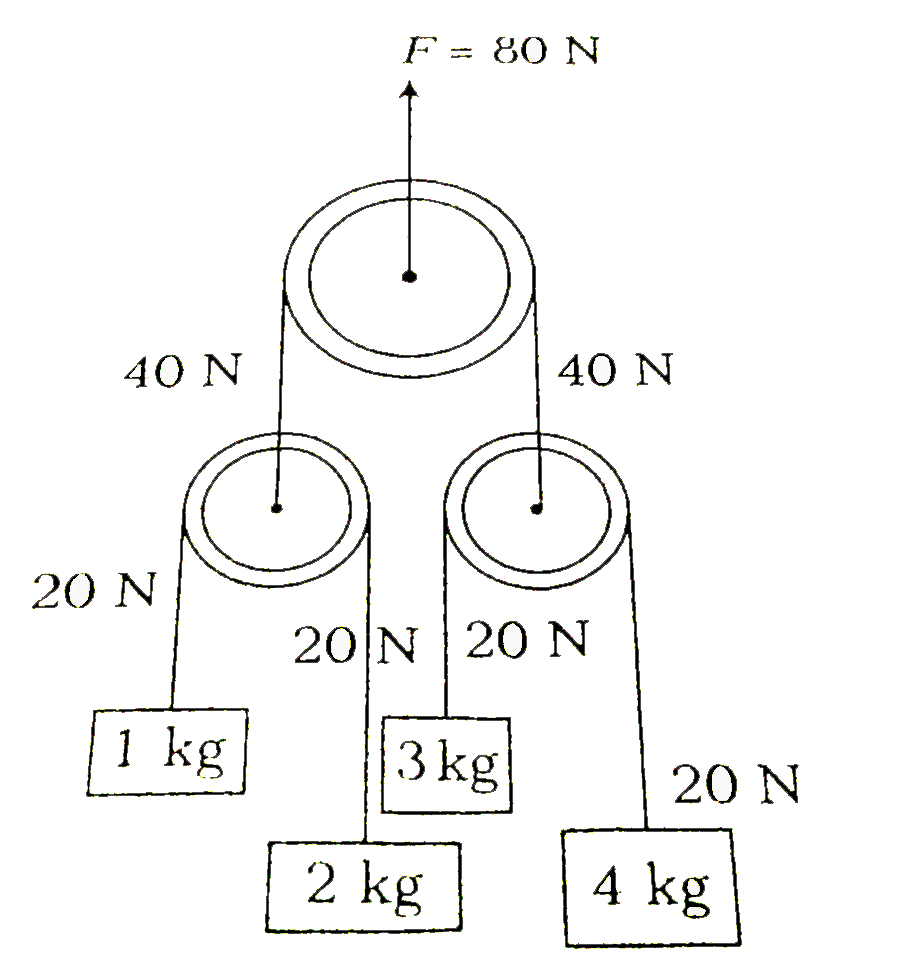Text Solution
Verified by Experts
The correct Answer is:
|
Topper's Solved these Questions
LAWS OF MOTION
DC PANDEY|Exercise Medical entrances gallery|39 VideosView PlaylistLAWS OF MOTION
DC PANDEY|Exercise Assertion and reason|28 VideosView PlaylistKINEMATICS 1
DC PANDEY|Exercise INTEGER_TYPE|15 VideosView PlaylistLAWS OF THERMODYNAMICS
DC PANDEY|Exercise Level 2 Subjective|18 VideosView Playlist
Similar Questions
Explore conceptually related problems
Knowledge Check
Similar Questions
Explore conceptually related problems
DC PANDEY-LAWS OF MOTION-Match the columns
- Match the following columns. {:("Column I","Column II"),("(A) Force ...
Text Solution
|
Play - In the diagram shown in figure, match the following columns (take g=10...
Text Solution
|
Play - Velocity of there particless A.B and C varies with time t as , v(A) =(...
04:06
|
Play - A block of mass m is thrown upwards with some initial velocity as show...
Text Solution
|
Play - In the diagram shown in figure, match the following (g=10 m//s^(2)) ...
05:38
|
Play - In the diagram shown in figure. Match the following columns. {:("...
Text Solution
|
Play - In the diagram shown in figure, all pulleys are smooth and massless an...
03:32
|
Playing Now


